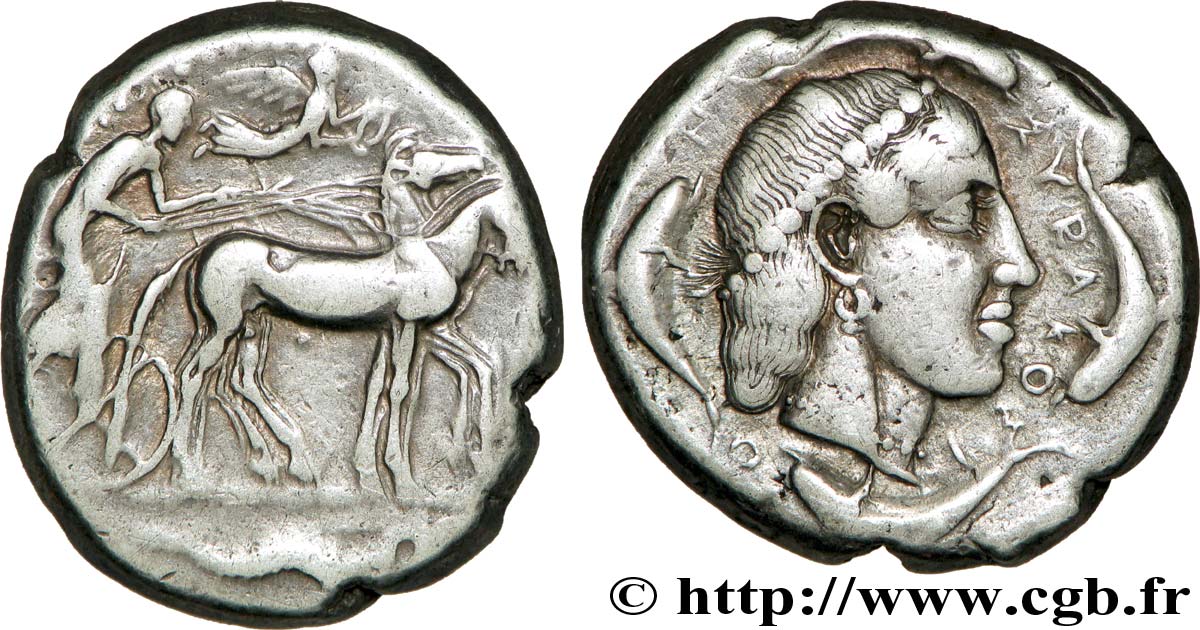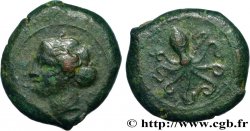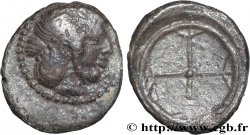v34_0061 - SICILY - SYRACUSE Tétradrachme
MONNAIES 34 (2008)
Starting price : 700.00 €
Estimate : 1 200.00 €
unsold lot
Starting price : 700.00 €
Estimate : 1 200.00 €
unsold lot
Type : Tétradrachme
Date: c. 450-440 AC.
Mint name / Town : Syracusa
Metal : silver
Diameter : 24,5 mm
Orientation dies : 3 h.
Weight : 17,14 g.
Rarity : R2
Emission: groupe 4, série 14a
Coments on the condition:
Exemplaire sur un flan large, ovale et irrégulier avec une usure importante, mais parfaitement lisible et identifiable. Au droit, petit plat sur l’exergue et le monstre marin. Joli portrait au revers, bien centré et une patine de collection avec des reflets mordorés
Catalogue references :
Obverse
Obverse legend : ANÉPIGRAPHE.
Obverse description : Bige au pas à droite, conduit par un aurige tenant les rênes et le kentron ; le bige est couronné par Niké volant à droite ; monstre marin à l’exergue.
Reverse
Reverse legend : N ET S RÉTROGRADES.
Reverse description : Tête d'Aréthuse à droite, les cheveux relevés et retenus par un filet, entourée de quatre dauphins.
Reverse legend : SURAKOSI-O-N.
Reverse translation : (De Syracuse).
Commentary
Mêmes coins que l’exemplaire de l’American Numismatic Society (ANS. n° 149, pl. 5 = Boehringer 481,5), que l’exemplaire du BMC. (n° 27), que les exemplaires du Staatliche Museum de Münich (SNG. Munich, n° 1011 = Boehringer 481,6 et n° 1012, pl. 30).








 Report a mistake
Report a mistake Print the page
Print the page Share my selection
Share my selection Ask a question
Ask a question Consign / sell
Consign / sell
 Full data
Full data



